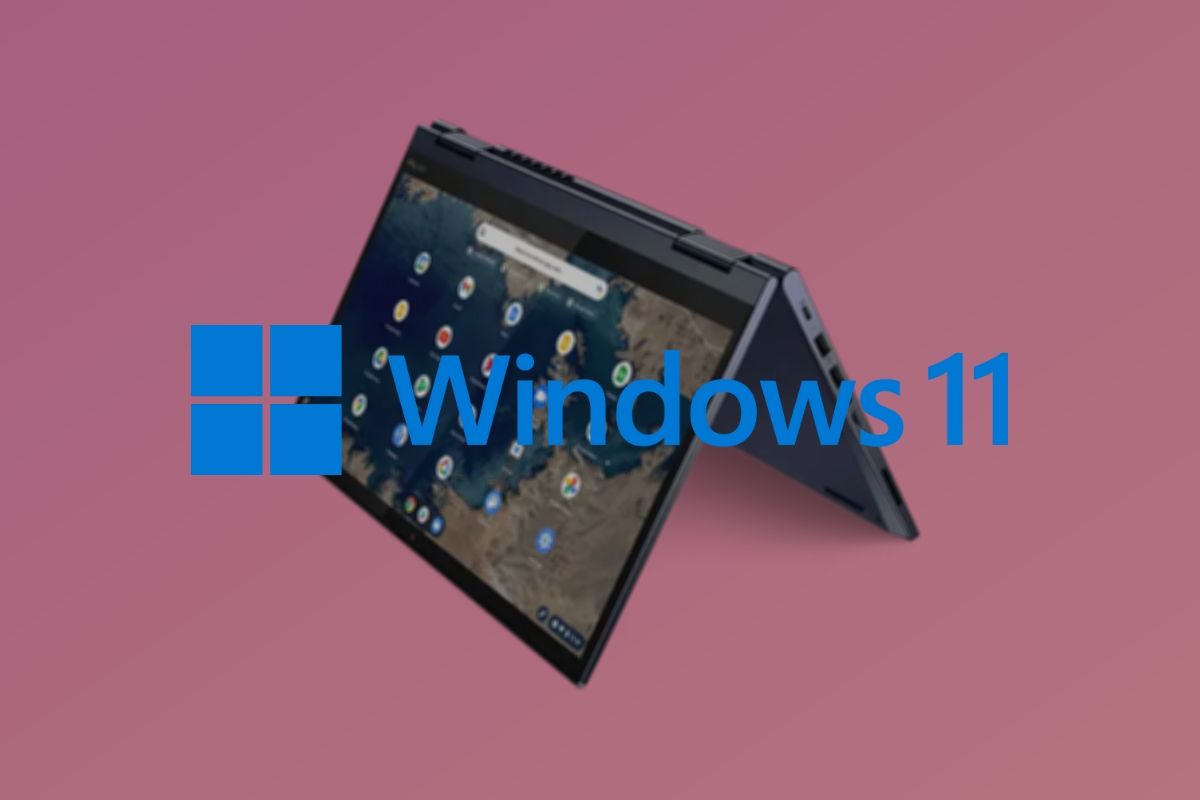If you've been wanting to install Windows 10 or Windows 11 on your Chromebook, there are some potentially good news for you today. Thanks to the work of Reddit user Coolstarorg, it's now possible to dual-boot Windows 10 or 11 alongside Chrome OS on select Chromebooks powered by AMD Ryzen 3000 series processors. There are some limitations, but for the most part, Windows should work fine on these machines.
For now, only very few devices are supported, that's mostly because eMMC storage is not functional yet when dual-booting Windows on your Chromebook. You'll need to have a laptop that has an SSD, and officially, only three devices are supported: The HP Chromebook 14b, HP Chromebook Pro C645 Enterprise, and Lenovo Yoga C13. The ASUS Chromebook Flip CM5 should also be supported, but the creator of this project hasn't been able to test it yet.
Aside from eMMC storage not working - Windows can read and write to it, but UEFI is unable to boot from it - the only other feature that doesn't work is the fingerprint reader. You won't be able to sign into Windows using Windows Hello, which is potentially problematic, but likely not a dealbreaker. Outside of those two features, everything including audio, touchscreens, brightness controls, power management, and so on should work just fine on Windows.
As for how it works, it's nothing exactly new. You'll first need to repartition Chrome OS using chrx, a popular tool for dual-booting Linux on Chromebooks. Then, update the RW_LEGACY firmware on your PC using the script provided by MrChromebox, and finally, use the script created by coolstarorg to set up the dual-booting. You can visit this page to get a full guide on how to dual-boot Windows on your Chromebook, assuming your model is supported. Various Intel-powered Chromebooks also support Windows dual-boot this way, not just the newly-added AMD ones.
We should note that while you can do this, we can't think of a good reason why you'd want to. If you're interested in running Windows, chances are you'd buy a Windows laptop in the first place, and there's always a chance something will go wrong when taking these steps. Plus, part of what's great about Chrome OS is that it works great and seamlessly on the devices that ship with it, which isn't often the case with Windows. And if you really want to run Windows apps on Chrome OS, there's also virtualization software like Parallels Desktop. Still, if you feel like giving it a shot, you now have that option.
Source: coolstarorg (Reddit)

